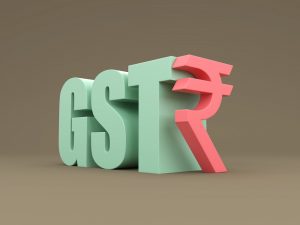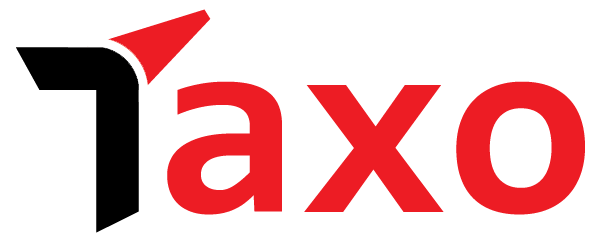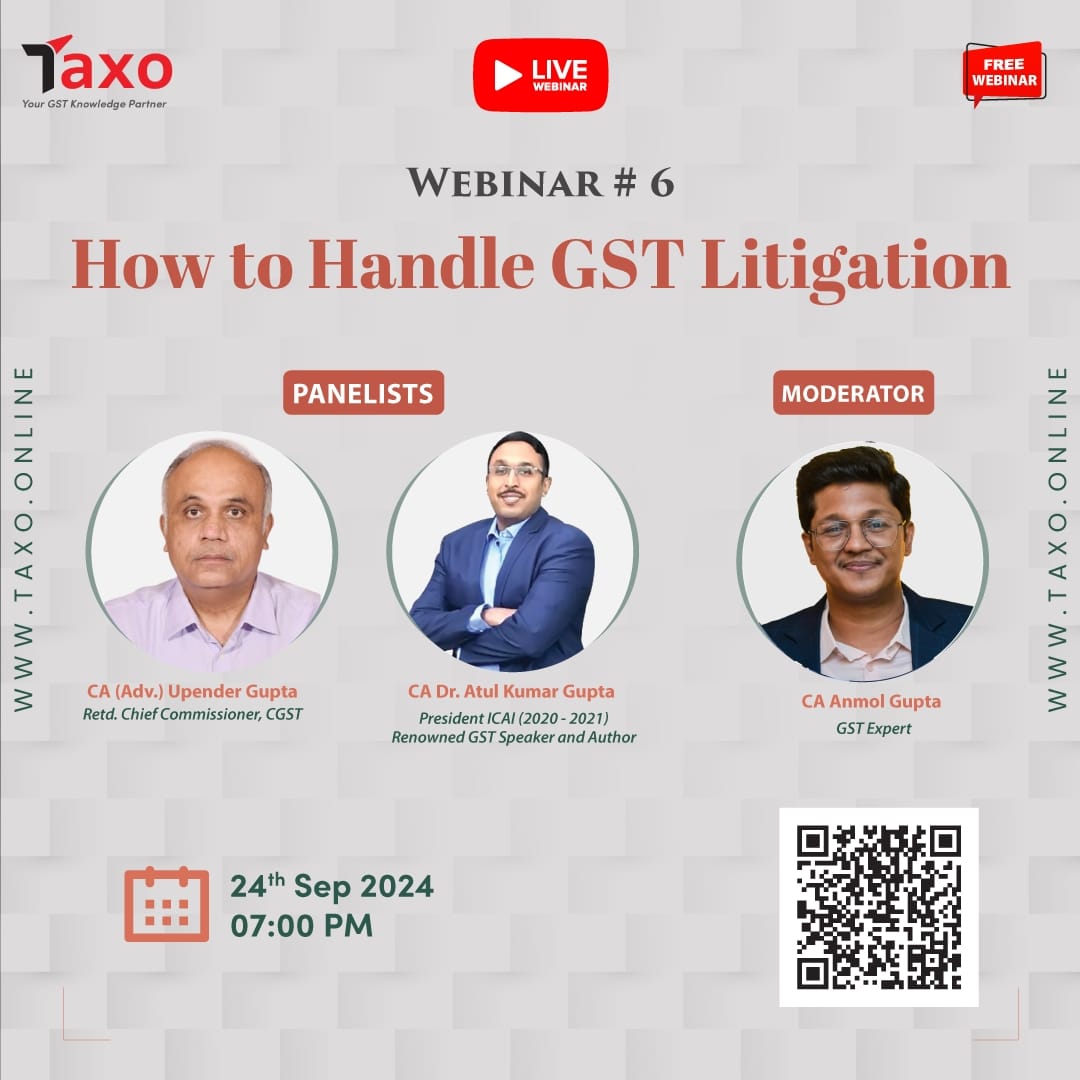 The government is actively reviewing a proposal to clarify the Goods and Services Tax (GST) treatment for cab aggregators, as inconsistencies persist between platforms operating under different business models—namely the commission-based and Software-as-a-Service (SaaS) models, CNBC-TV18 has learnt.
The government is actively reviewing a proposal to clarify the Goods and Services Tax (GST) treatment for cab aggregators, as inconsistencies persist between platforms operating under different business models—namely the commission-based and Software-as-a-Service (SaaS) models, CNBC-TV18 has learnt.
Sources told CNBC-TV18 that “the Central Board of Indirect Taxes and Customs (CBIC) is currently studying industry representations seeking tax parity, and may soon escalate the issue to the GST Council.”
The move follows the Karnataka High Court’s directive to CBIC to consult stakeholders and make appropriate recommendations.
Tax treatment differs based on business model
Currently, cab aggregators following a commission model—like Uber and Ola—levy GST on each ride at 5% without input tax credit (ITC) or 12% with ITC. The tax is collected from the passenger and remitted by the aggregator under Section 9(5) of the CGST Act.
In contrast, platforms operating under a SaaS model—such as Namma Yatri and Rapido—charge drivers a nominal daily or monthly subscription fee, on which 18% GST is applicable.
However, no GST is charged to passengers for the ride itself.
This dual structure has created a pricing disparity, according to industry stakeholders. They argue that although both models provide the same end service—transportation—they are taxed differently, putting commission-based platforms at a disadvantage.
“Commission or per-ride-based cab aggregator apps are becoming costlier to consumers, while SaaS-based apps offer cheaper rides. This isn’t due to operational efficiency but tax arbitrage,” said a senior industry executive.
The crux of the ambiguity
Section 9(5) transfers the tax liability for certain services—including passenger transport—from individual service providers (i.e., drivers) to e-commerce operators (i.e., platforms). However, the law doesn’t clearly define what constitutes service “through” an e-commerce operator, creating ambiguity over whether SaaS-based platforms fall under its scope.
This has resulted in a spate of advance ruling applications with conflicting outcomes:
The Karnataka Authority for Advance Rulings (AAR) ruled in favour of Namma Yatri (Juspay) and Myn (Multiverse Technologies), stating these platforms do not fall under Section 9(5) as they only provide software and do not control transport services.
In contrast, rulings against Uber, Rapido, and others held them liable under Section 9(5) due to their active role in ride management, fare setting, and customer service.
Legal experts say the lack of consistency is impacting not only tax compliance but also consumer pricing and competitive neutrality.
The policy dilemma
While the SaaS model is gaining traction for its simplicity and lower cost, it often lacks essential features such as ride monitoring, grievance redressal, and safety checks—services offered by platforms like Uber and Ola.
Industry insiders note that not all platforms are keen to shift to the SaaS model, as it limits their ability to maintain service quality—something increasingly important to both urban commuters and regulators.
More broadly, they argue that business models should evolve based on service quality and customer needs, not tax considerations.
What’s next?
With app-based mobility playing a growing role in India’s urban transport, the need for uniform GST treatment is becoming urgent.
Sources say the GST Council may either amend Section 9(5) to define applicability based on service control rather than business model, or issue a circular clarifying the GST treatment for SaaS and commission-based platforms.
Either move, stakeholders say, will promote tax certainty, establish a level playing field, and reduce revenue leakage.
The government now faces a delicate balancing act—fostering innovation in the gig economy while maintaining fair and consistent tax policies.
Will the GST Council act to unify the rules for the same service? The upcoming meeting may provide the answer.
Source: CNBC TV-18


